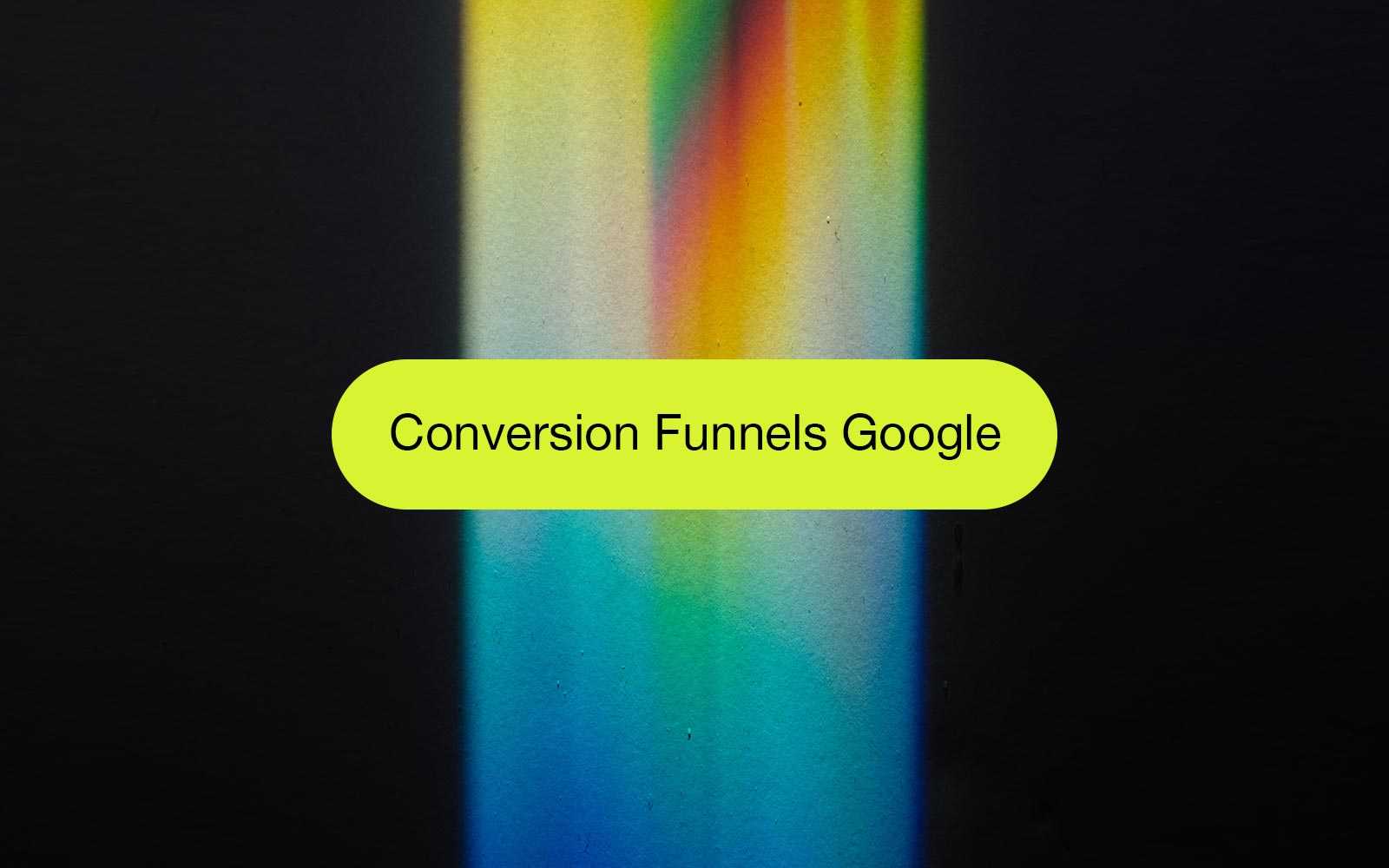Analysing Conversion Funnels in Google Analytics to Improve Performance
Often referred to as a “site funnel,” a conversion funnel resembles the traditional marketing funnel’s overarching purpose – guiding potential customers towards conversion. However, a fundamental distinction sets it apart: unlike the traditional funnel, most of its stages unfold exclusively within the confines of your digital domain.
Conversion funnels are indispensable instruments for analysing user behaviour, optimising marketing efforts, and, ultimately, improving performance.
What is a conversion funnel?
A conversion funnel represents the series of steps a user takes on a website before reaching a desired goal, often a conversion. While the stages can vary depending on the nature of the website and its goals, there are generally five fundamental steps in a site purchase funnel:
- Site Visit
Users initiate their journey at the top of the funnel by arriving at your website. The site visit is the initial point of contact where users become aware of your online presence.
- Product View
After landing on your website, users typically browse through your product or service offerings. During this stage, they explore specific product pages to gather more information, compare options, and evaluate whether your offerings meet their needs.
- Add To Cart
This stage signifies a significant progression in the user’s intent, where customers express a clear preference and intention to purchase.
- Enter Checkout
Customers demonstrate a high level of commitment to completing a purchase. They may provide shipping and payment information, indicating a strong likelihood that they intend to buy.
- Purchase
The customer finalises the purchase, confirming the success of the funnel.
While these five steps represent the core stages in a typical site purchase funnel, it’s essential to recognise that not all websites follow this exact sequence. The specific steps can vary based on the nature of the website and its objectives.
The importance of Google Analytics
Google Analytics funnels help you understand and optimise user journeys on your website, especially when achieving specific goals, such as making a purchase. These funnels enable you to track and visualise users’ steps throughout their interaction with your digital platform, offering crucial insights into user behaviour and conversion patterns.
Google Analytics funnels are essential for improving conversions as they allow you to define a sequence of pages or events that users should ideally follow to accomplish a particular goal.
For example, in an eCommerce context, you can create a funnel starting with the product page view, progressing to adding items to the cart, entering the checkout process, and ultimately ending with the successful purchase event.
Identifying drop-off points
By setting up a funnel, you gain visibility into each step of the user journey. Google Analytics tracks the number of users who progress through each stage, and more importantly, it identifies where users drop off or abandon the process. This drop-off data is crucial because it highlights potential bottlenecks or areas of friction in your conversion path.
Analysing funnels reveals precisely where users are most likely to abandon their journey. You can pinpoint the specific issues that hinder conversions, Whether high drop-off rates at the product view stage or cart abandonment during checkout. This insight might include confusing navigation, long forms, or unexpected costs.
Optimising a conversion funnel
Armed with the above data, you can make informed decisions to optimise your site. You can focus on addressing the pain points identified in the funnel analysis. For instance, you might streamline the checkout process, implement more explicit calls to action, or provide additional product information to reduce drop-offs at the product view stage.
Beyond identifying conversion issues, funnel tracking lets you measure your marketing efforts. By associating specific goals (e.g., completing a purchase) with marketing campaigns or channels, you can determine the most effective and allocate your resources accordingly.
Working in Google Analytics 4 (GA4)
GA4 has completely revamped the funnel analysis experience, offering users a more versatile and insightful toolset for understanding user journeys and improving conversion rates.
Here’s how GA4’s funnel analysis differs from its predecessor:
- Event-Based Tracking
GA4 emphasises event-based tracking as the foundation of funnel analysis. Instead of relying solely on pageviews, GA4 lets you track a wide range of events, such as clicks, video views, and form submissions, as part of your funnel. This flexibility allows you to create funnels that align more closely with user interactions and conversions specific to your website or app.
- Customisable and Flexible Funnels
GA4’s funnel analysis offers greater customisation. Users can define and track custom events and sequences highly relevant to their unique conversion goals. This flexibility benefits businesses with complex or non-linear user journeys, providing a more accurate representation of user interactions.
- Enhanced Visualisation
GA4 introduces a new way to visualise funnels. Funnel Exploration, accessible via the “Explore” feature, provides a more intuitive and interactive interface for analysing user journeys. The graphical representation allows you to view the entire funnel at a glance, making it easier to identify drop-off points and areas of improvement.
- Detailed Path Analysis
The path analysis feature lets you examine users’ specific steps within the funnel. This granular view lets you understand user behaviour in-depth, providing insights into the sequence of events that lead to conversions or drop-offs.
- Event Comparison
You can compare how different events contribute to conversions or where users are likelier to drop off. This feature helps you prioritise optimisation efforts by focusing on the events that significantly impact your goals.
- Real-time Data
With GA4, you have access to real-time data in funnel analysis. This means you can monitor and react to user behaviour as it happens, making implementing immediate changes to improve conversion rates easier.
Start perfecting your funnels today
The dynamic nature of the digital landscape calls for more versatile, data-driven tools to understand and optimise user journeys. By embracing GA4’s revamped funnel analysis experience, you can fine-tune your online strategies and be well-equipped to adapt and succeed in the world of e-commerce.
